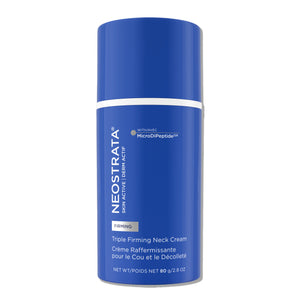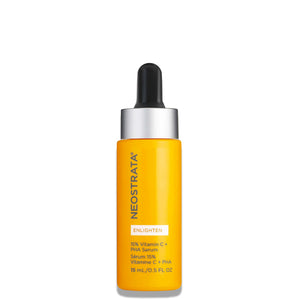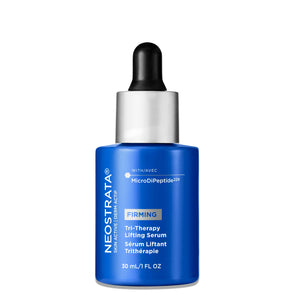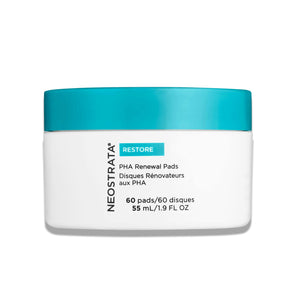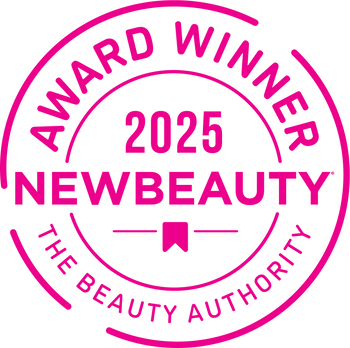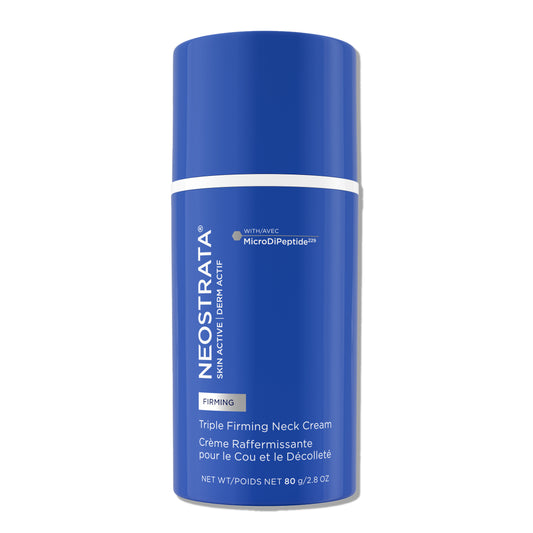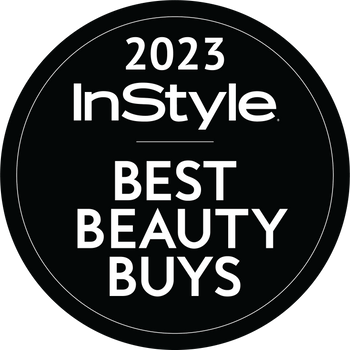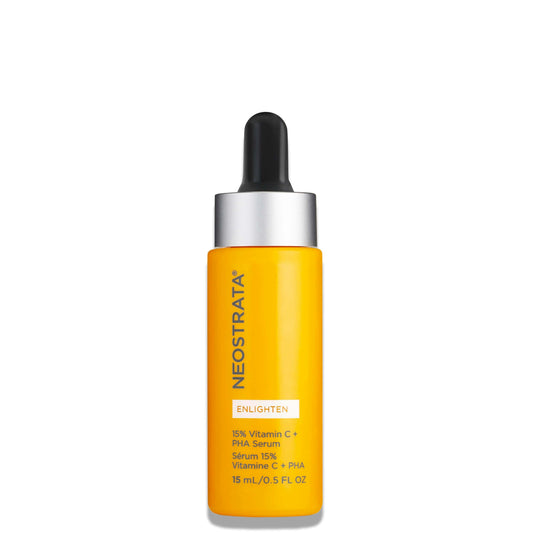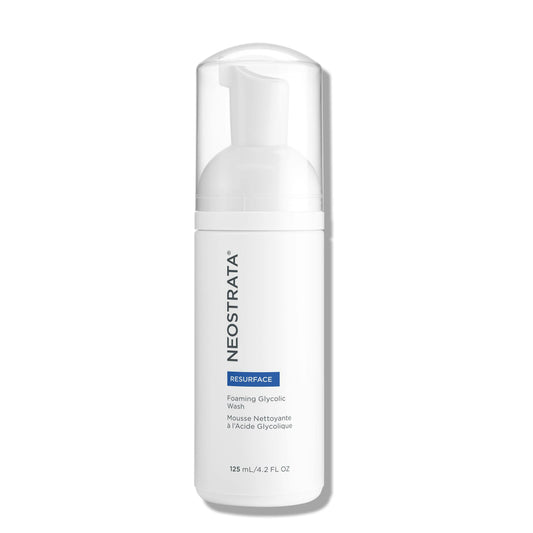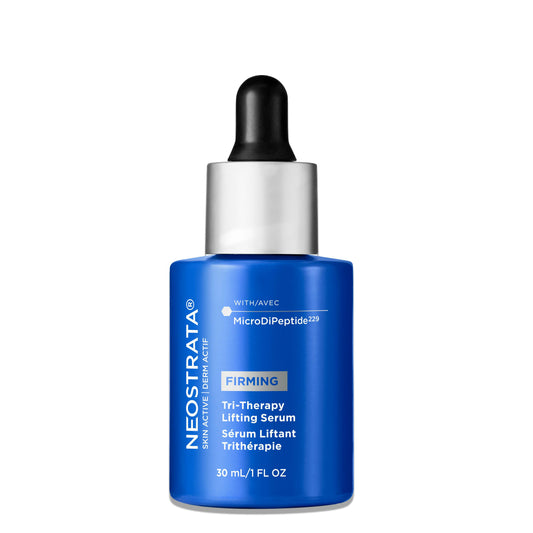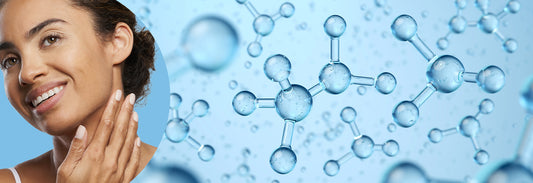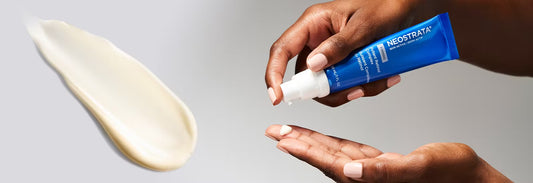Though frustrating, it’s not uncommon to wonder, “why am I still getting acne in my 20s, 30s, 40s and beyond?” Dermatologists call this "adult-onset acne. It’s more common in women than men and always starts with a clogged pore which may be linked to one or more of the following causative factors:

|
Fluctuating hormone levels: Women often experience fluctuating hormones around their periods, during pregnancy, peri-menopause and menopause or after discontinuing (or starting) birth control pills. A hormone imbalance can trigger breakouts. |

|
Stress: When we're stressed, our bodies produce more androgens-- a type of hormone that stimulates the oil glands and hair follicles in the skin, which can lead to acne. |

|
Family history: Don't blame your parents, but research shows some people may have a genetic predisposition for acne. |

|
Hair and skin care products: If you have adult acne, make sure your cleanser, moisturizer and sunscreen are labeled non-comedogenic and oil-free so they don't clog pores. |

|
Medication side effect: Acne can be a side effect of some medicines. If you suspect that a medicine is triggering your acne or making it worse, continue taking the medicine-- but talk to the doctor who prescribed it. |

|
Undiagnosed medical condition: Sometimes, acne is a sign of an underlying medical condition. Once the medical condition is diagnosed and treated, the acne often clears. |

How to Get Rid of Acne & Blemishes
Adult acne can be incredibly frustrating, but there are effective treatments available. Here are a few tips from Dermatologists to keep pores clear and free of blemishes:

|
Choose products for acne-prone skin. Look for non-comedogenic (meaning they won’t clog pores to start acne) and oil-free on the packaging. Products that exfoliate the skin’s surface help keep pores clear. |

|
Know your acne ingredients. Acne treatments target the different causes of acne. Benzoyl peroxide decreases P. acnes bacteria which can grow after the pore is clogged; salicylic acid unclogs pores to keep them clear; and retinoids unclog pores and reduce oiliness. |

|
Follow directions. How much you use and how often you use it can make a big difference. Using too little could be the reason you still have acne, but using too much can irritate skin further. |

|
Don't overwash or scrub your face. Dermatologists recommend gently washing your face when you wake up, when you’re ready to go to bed, and if your face gets sweaty. Scrubbing or washing more often and drying skin out can actually make your acne worse. If your skin senses it’s dry, it will produce more oil. |

|
Spread acne medication on all acne-prone skin, not just your blemishes. Applying a thin layer on your acne-prone skin helps treat existing acne and prevent new breakouts. |

|
Give your treatment a chance. Acne treatments take time to work. You may see improvement in 4 to 6 weeks, but it can take months or longer to see clearing. |

A Few More Tips to Prevent Acne & Blemishes

|
Try not to touch your face throughout the day. Resist picking and popping your acne-- it can lead to scarring. |

|
Wash hands frequently, especially before applying lotions, creams, or makeup. |

|
Always remove makeup before going to bed. |

|
Frequently wash everything that comes in contact with your acne-prone skin. Dead skin cells, bacteria, and dirt tend to build up on sheets, pillowcases, hats and glasses, which can clog pores. |
 |
Keep skin hydrated to prevent rebound oil production. |

|
Choose makeup for sensitive skin and avoid oil-based products. |

|
Avoid direct sun exposure-- it can cause the skin to produce more sebum. Certain acne medications can also increase the risk of sunburn. |
Products to Target Adult Acne & Blemishes
NEOSTRATA®’s Clarify Collection features a full line up of targeted skincare products (cleanser, toner, face mask, mattifying serum and moisturizers) designed for oily and acne-prone skin types. This collection utilizes potent skin refining and exfoliating ingredients such as Mandelic Acid, Glycolic Acid, Salicylic Acid and NeoGlucosamine to help clarify surface texture and diminish the look of post-acne marks for smoother, healthier-looking skin. Here are three essentials for your clarifying skincare routine:
 |
This soap-free, foaming gel facial cleanser gently washes away excess oil and bad bacteria with Mandelic Acid, PHA and Salicylic Acid. |
 |
A TONER FOR ADULT ACNE: Refresh your skin post-cleansing with this pore minimizing toner formulated to exfoliate, clarify and help tighten pores. Bonus: it’s non-comedogenic and oil-free! |
 |
A SPOT TREATMENT FOR ADULT ACNE MARKS: Spread a thin layer of this lightweight serum containing a potent brightening trio of Tranexamic Acid (TXA), Niacinamide and Vitamin C plus NeoGlucosamine to exfoliate post-acne marks leaving skin visibly smoother and brighter. |
Am I Stuck with Adult Acne Forever?
In conclusion, acne can hang around or even show up for the first time in your life in your 20s, 30s, 40s or beyond. This can be due to hormonal fluctuations and lifestyle factors such as stress, family history, the skincare products you use, side effects from medication or an undiagnosed medical condition. Luckily, just because you are experiencing acne in your adulthood doesn’t mean you’ll be dealing with it for your whole life. There are a plethora of treatments and tips for acne-prone skin such as seeking out the right skincare products and ingredients for you, avoiding oil-based makeup and skincare, not touching your face throughout the day and washing your makeup off at night before bed just to name a few.
NEOSTRATA® offers a range of solutions and peels to target oily and acne prone skin. For stubborn cases of adult acne that don’t improve much with over-the-counter skincare products, consult with your Dermatologist. A Dermatologist can offer further guidance and tailor a skincare routine and treatment plan that suits your skin’s needs.
Learn How to Use Our Products
To see more videos, visit our YouTube Channel.
